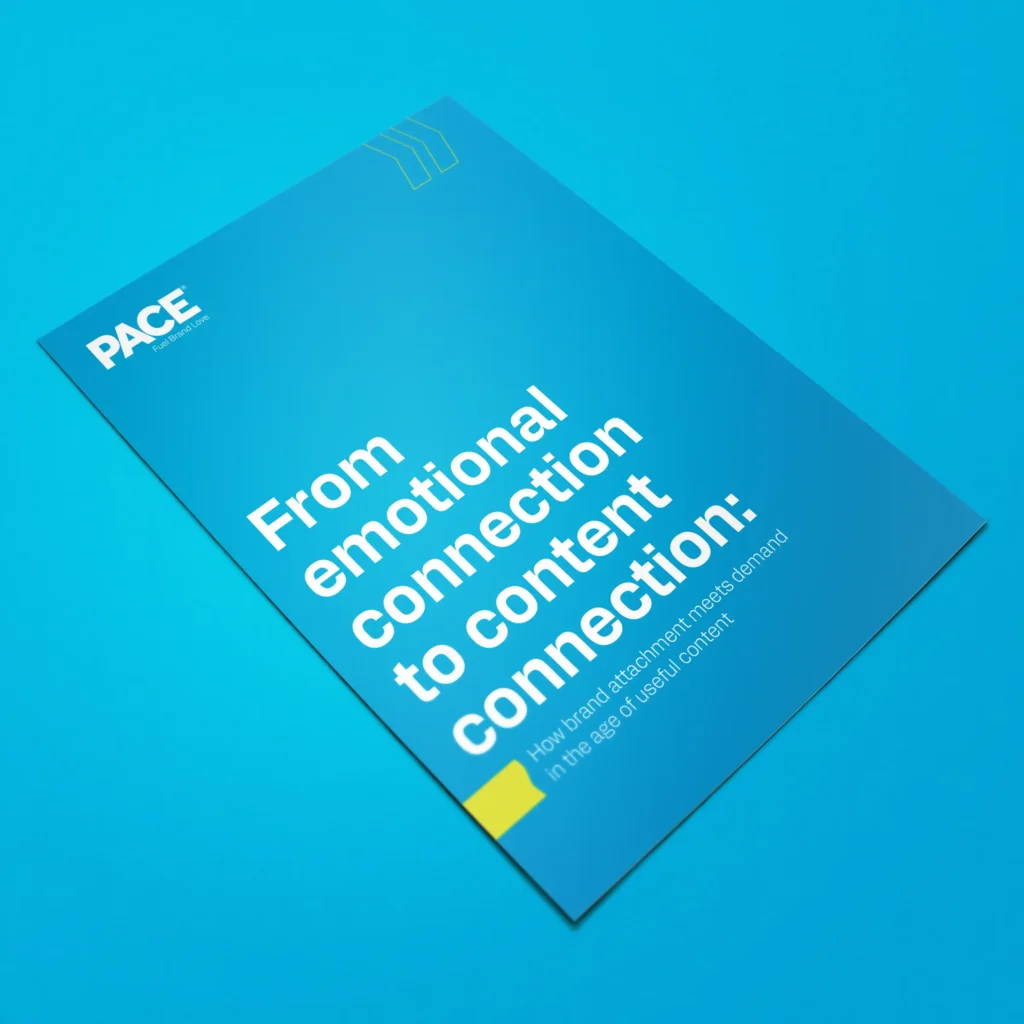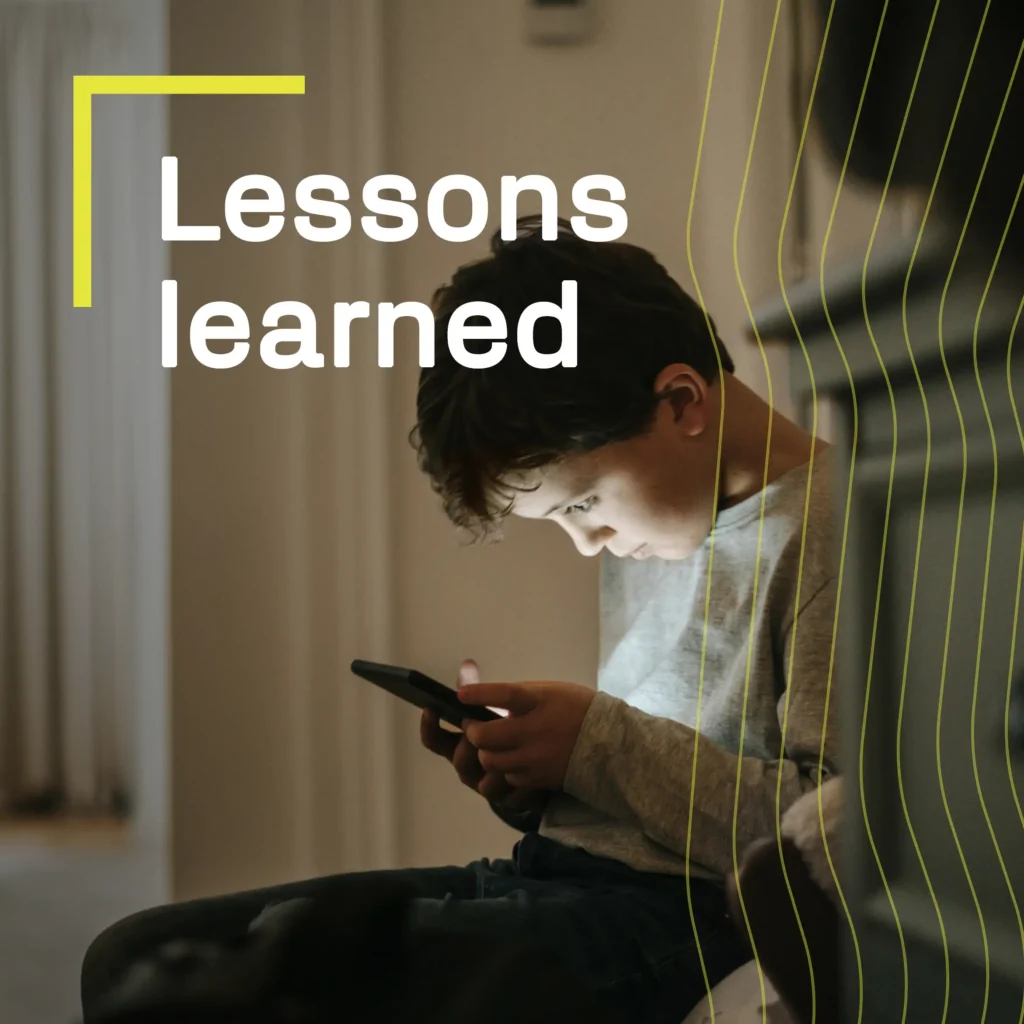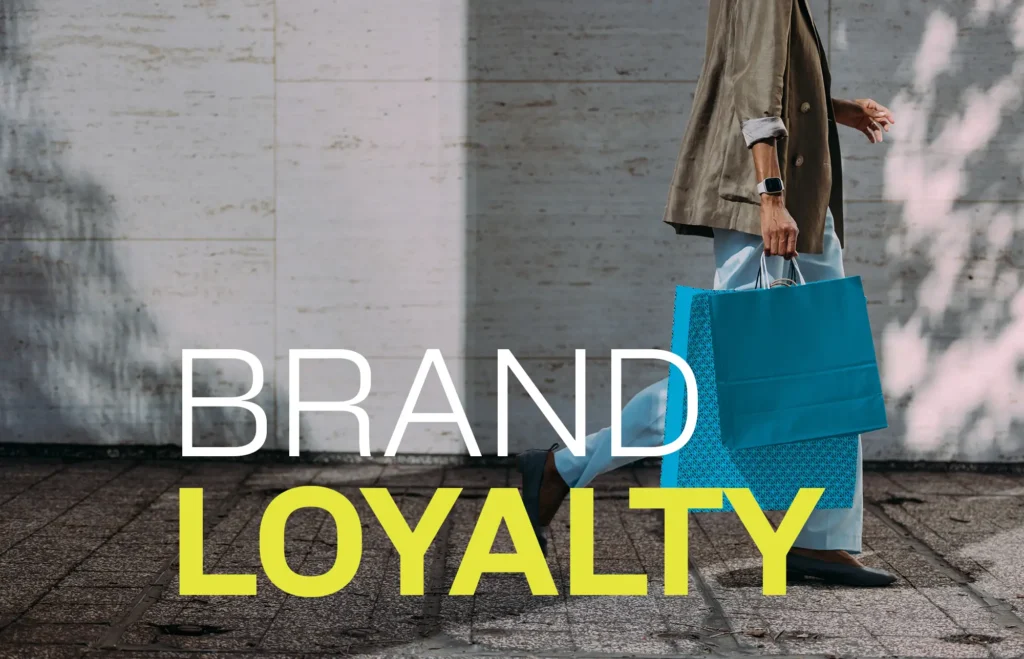Brands can reach more audiences and increase credibility when company executives and employees (internal influencers) share relatable and authentic content on social media platforms.
Marketers know that consumers engage with brands they feel a connection to. This may be because a company’s business practices align with their own values or because someone they know, respect, or admire endorses it. For instance, I’m more apt to try a particular product if a friend I trust or an influencer I respect endorses the brand. Like so many other consumers, I’ve tried restaurants and bought household appliances and clothing based on reviews from friends or influencers I follow on social media.
Since the start of influencer marketing in the early 2000s, brands have leveraged influencers and micro-influencers to better connect with audiences on platforms like Instagram and TikTok. In fact, influencers can significantly increase brand awareness and reach new audiences on social media. However, more brands are turning to internal influencers—their own leaders and employees as advocates to gain trust and credibility. Companies like IBM drive ROI and fuel brand love through employee advocacy, and other brands can too.
Employee voices become brand voices
Employees offer a unique perspective as brand champions because consumers are more likely to consider them knowledgeable and authentic. And, at a time when skepticism runs high, more consumers find employee brand advocates relatable and trustworthy.
Executive influencers draw followers for their authority and expertise. Their track record shows a repeated pattern of success, which is why followers seek their perspectives and advice. Data from Sprout Social found that 70% of consumers also feel more connected to brands whose CEOs are active on social media.
Humans tell the brand story when brands empower their employees or executives to be advocates. That personal connection is more compelling and likely to resonate with audiences. For instance, when customers feel connected to brands, they are more likely to increase their spending with the brand.
Successful brand marketing via executives and employees works best with a solid strategy and planning, dedicated resources, training and support. We’ve learned this through direct experience with our clients and their internal influencers.
Executive influencers reflect brand leadership
Pace manages social content for a variety of executives and industry leaders. Across industries, we’ve seen executives’ posts draw exponentially more engagement per follower than those published by their companies—or their competitors.
The strategy for these executive influencers is to share thought leadership content emphasizing their company’s values. Our clients’ goals are typically to promote brand credibility and authority. In one case we managed, a financial executive with just 30,000 followers garnered more organic engagement than a competing brand’s account of 3 million followers. That’s 100x the engagement per follower.
It’s easier to see the real people behind the brand when those people engage on social media. Consumers also like learning about brand leadership, especially if it confirms that a leader’s values align with theirs.
Sir Richard Branson is a high-profile example of an internal influencer. His presence on social media is far more popular than that of his companies. Branson founded Virgin Group, which encompasses over 400 companies, including Virgin Records, Virgin Mobile and Virgin Atlantic. He has more followers—4.9 million on Instagram and 7 million on X—than his Virgin brand at 249,000 followers on Instagram and 242,000 on X.
Branson’s presence on social media matches the tone of his business ventures: fun, adventurous and altruistic. He’s also really good at telling stories and driving traffic to the Virgin website. Branson posts to social media himself. He even takes time to engage with followers, inviting them to connect openly through #AskRichard live Q&As.
Not every brand leader can invest the time and energy Branson does into social media. But success on social media is attainable for organizational leaders at any level.
Employees as authentic brand storytellers
How many of us have asked people we know whether they have bought a product or used a service we’re considering? We often turn to our friends for product or service reviews. After all, we are likelier to trust someone like ourselves over a marketing campaign or an industry expert. We seek authenticity and credibility in the brands we support. That’s why building brand influence through the voices of employees has emerged as a powerful strategy for reaching audiences.
My previous work with a national retail giant included helping its associates tell their stories. These associates inspired and empowered their teammates by sharing how they advanced their own careers and overcame personal and professional challenges, while delivering exceptional customer service. Their stories even changed my own perception of the company. They believed it provided opportunities that they couldn’t find elsewhere and they became highly visible company champions through social media.
When employees support their companies through their personal social media platforms, their endorsements resonate more deeply with audiences. Their posts about company updates, product launches and personal experiences appear more genuine than an overly polished marketing message. Data suggests that when employees share a brand message, its reach extends more than 5x beyond what brand channels alone could achieve.
Two companies that do a good job of letting their employees tell their brand story include Sephora and IBM. Sephora’s employee-hosted videos highlight teammates across its 500 stores. In them, teammates share their Sephora career journey or ask co-workers questions in a gameshow-esque series that gives an insider peek into Sephora culture via work besties.
IBM is considered a pioneer in promoting employees as brand advocates. Its successes include getting 1,000 staffers to become brand advocates on social media in 2014 and last year’s release of a short-form documentary about the IBM team behind the Apollo 11 moon landing. Its Social Business Team supports the social-media community of more than 6,000 people companywide and provides education and training.
As advocates, employees get the chance to establish themselves as thought leaders and increase their professional visibility. In return, IBM gains authentic content delivered to broader audiences.
The Pace point of view: Create a welcome environment for internal brand influencers
Brand influence and employee influence are often one and the same. We recommend companies leverage their employees in marketing campaigns because employees can create genuine content promoting their companies, while executives can lend industry insight and inspiration to other leaders and aspiring leaders. Other benefits include increased brand awareness, higher social media engagement rates and improved employee engagement—to say nothing of increased brand love at the end of the day.
An employee advocacy program can help attract and retain top talent, and establishing a social media policy can help employees feel more confident about posting. Companies that also provide training and resources can attract more internal ambassadors. Incentivizing participation, measuring success and making it easy and fun create a welcoming culture for internal brand influencers.






